Fine cracks are commonly observed in freshly laid concrete and their appearance is due to the phenomenon of plastic shrinkage. As the name implies, these cracks are very small, about 0.003 inch (0.08 mm) wide and can be very shallow. Fine cracks can be very shallow or very deep, depending on the cause. However, there is no way to determine the depth of the crack depending on the width of the crack.
Not installing gaskets opens the door to possible litigation in addition to. We were ready to start when the field technician at the test lab stopped the spill. Fine cracks in concrete are very narrow, usually the width of a human hair. Anything larger would not be considered a fine crack.
They are an acceptable concrete crack that is very difficult to prevent. They are commonly found in freshly poured concrete and are usually caused by shrinkage. Although there are other causes that we will talk about later. As concrete dries, cures and strengthens, it contracts, which can create small cracks.
In general, the cracks are of. They are usually shallow, but the term hairline has to do with the width of a crack, not the depth. Some fine cracks may be deep. And there is no way to determine the depth of a crack based on its width.
Fine cracks can develop in concrete foundations as concrete cures. Fine cracks do not cause problems with the stability of the base, but they do cause leakage problems. If cracks appear soon after pouring the concrete base, it is possible that the concrete was mixed poorly or poured too quickly. In poured concrete foundations, fine cracks often appear in the center of the walls because the corners of the walls have greater stability.
A simple definition of a fine crack is a crack that has not been fully opened. This means that there is very little room to fill it with anything other than low-viscosity liquids. Cracks due to plastic shrinkage are usually very narrow and barely visible. Although they are almost invisible, it is important to remember that plastic shrinkage cracks not only exist on the surface, but extend throughout the thickness of the slab.
After heavy rain or snow melting, when the ground below is soft and damp, excessive weight on the slab can press the concrete down and lead to cracks. Painting concrete completely eliminates cracks from the site, while other forms of sealants can still be seen. Crust cracks usually occur during the concrete stamping process, which is a way to add texture or pattern to concrete surfaces. This technical definition of a hairline concrete crack doesn't provide an exact width, but you'll know one when you see it because it's too small.
Unless control joints were included in the design of the wall or floor slab, these stresses would cause the wall or floor to likely crack in a classic pattern of concrete shrinkage as the concrete cures. So, of course, it's frustrating to spot fine cracks, especially if you just paid for a new entrance, a concrete slab, a walkway or a garage floor. Grooves in concrete are “control joints”, placed at regular intervals to control the location of shrinkage cracks, which are difficult to avoid. A settlement crack can also appear as a random crack over areas where the subgrade floor was uneven after pouring concrete.
If you notice fine cracks in the concrete, don't worry, there are some things you can do to repair them. A sealant will not only repair small cracks, but also the rest of the concrete slab by repelling moisture. Proper site preparation, a quality mix and good concrete finishing practices can greatly contribute to minimizing the occurrence of cracks and producing a more aesthetically pleasing concrete project. Since most fine cracks do not affect the structural integrity of the slab, the main purpose of the repair is to seal the crack.
I'm not familiar with the flooring product you are using, but I would recommend contacting the manufacturer about installing over concrete cracks. Identifying the types of cracks in concrete can help you determine the cause and take steps to prevent further cracking in the future. . .
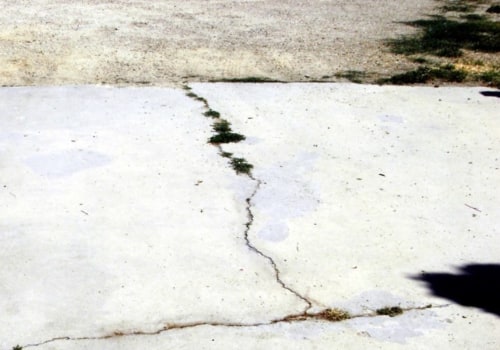
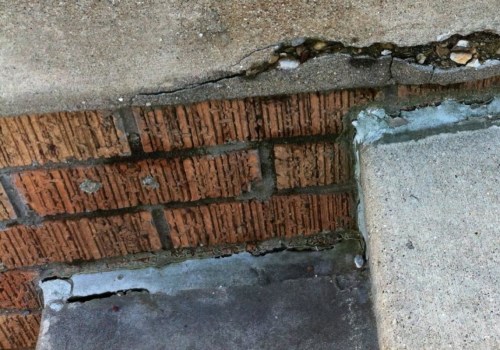
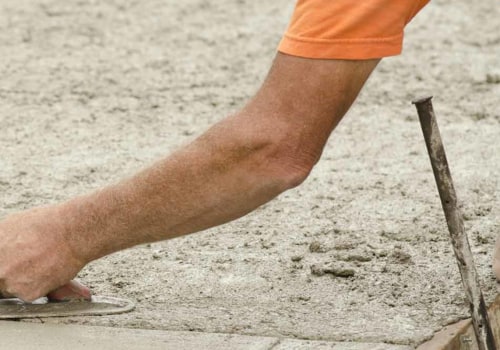
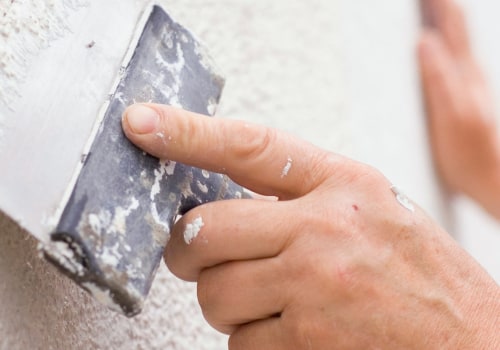


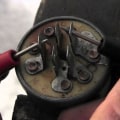
Leave Reply